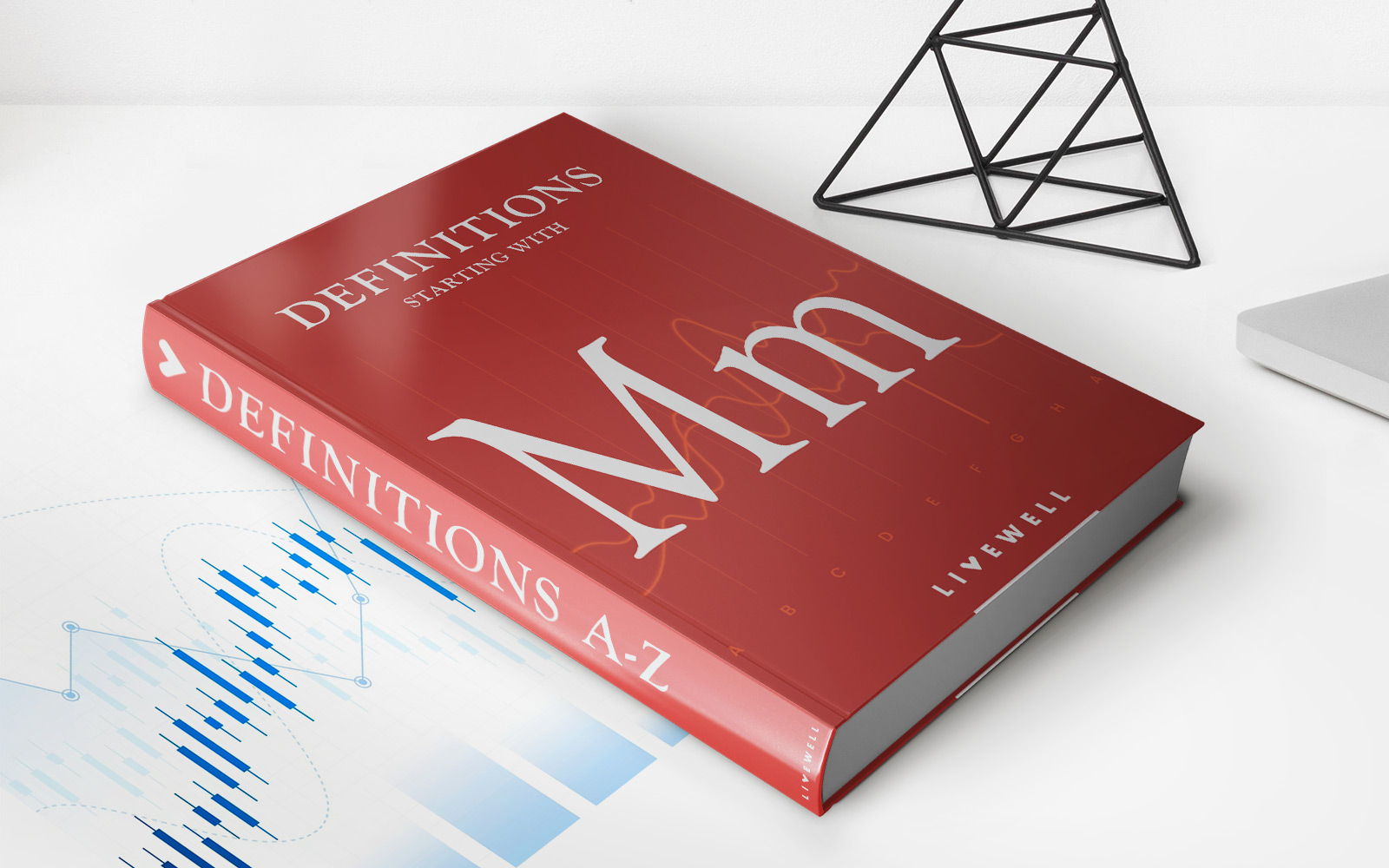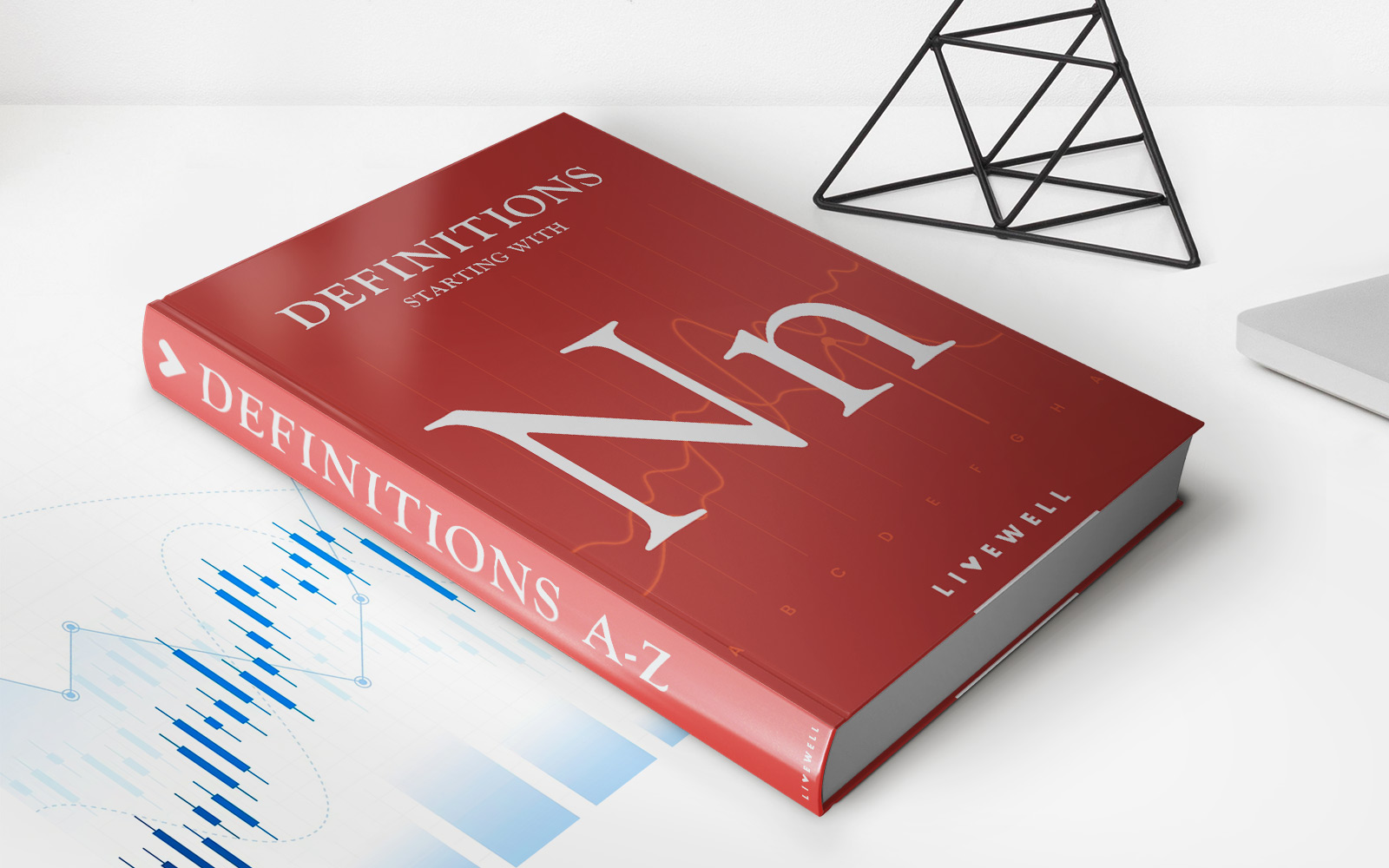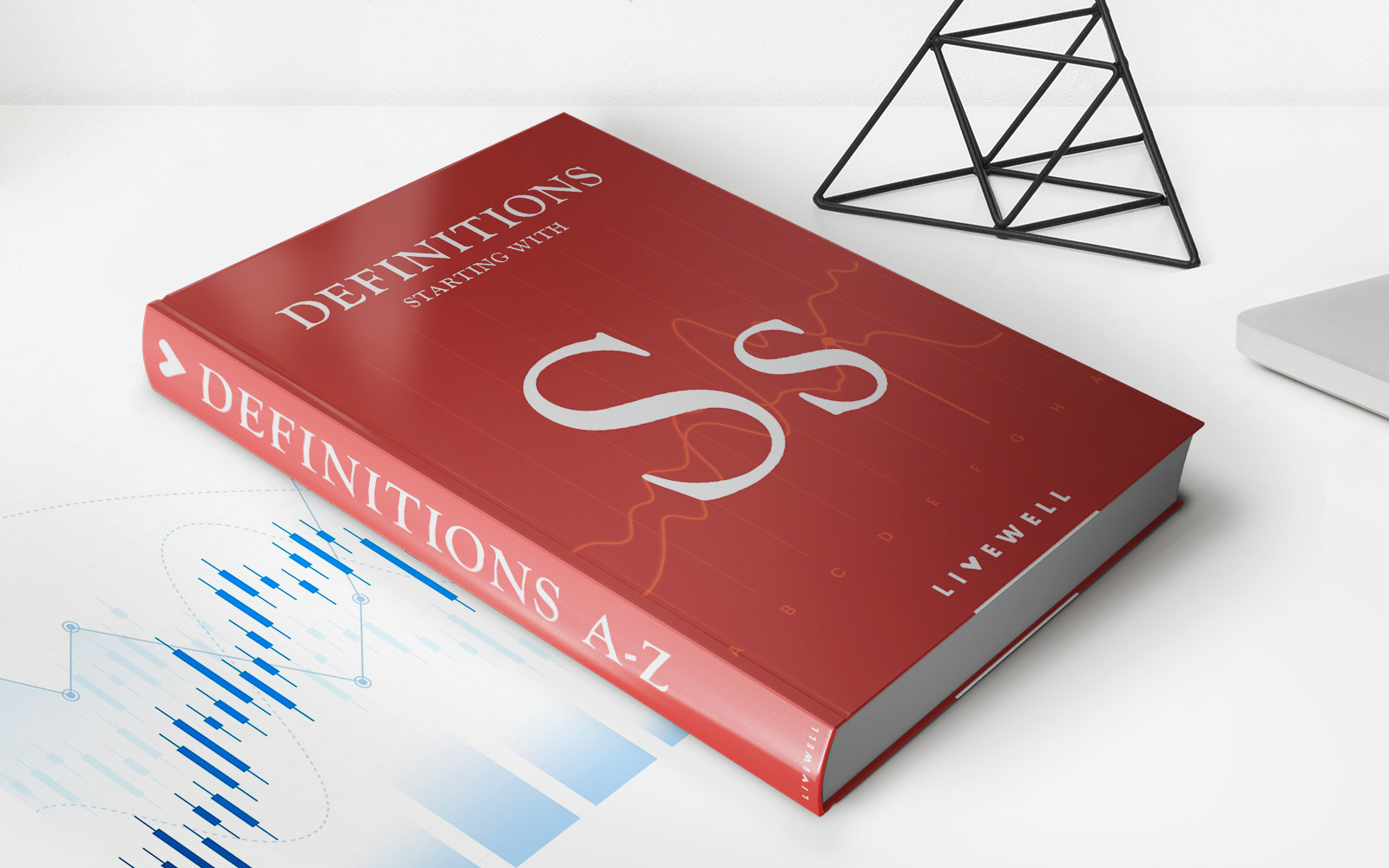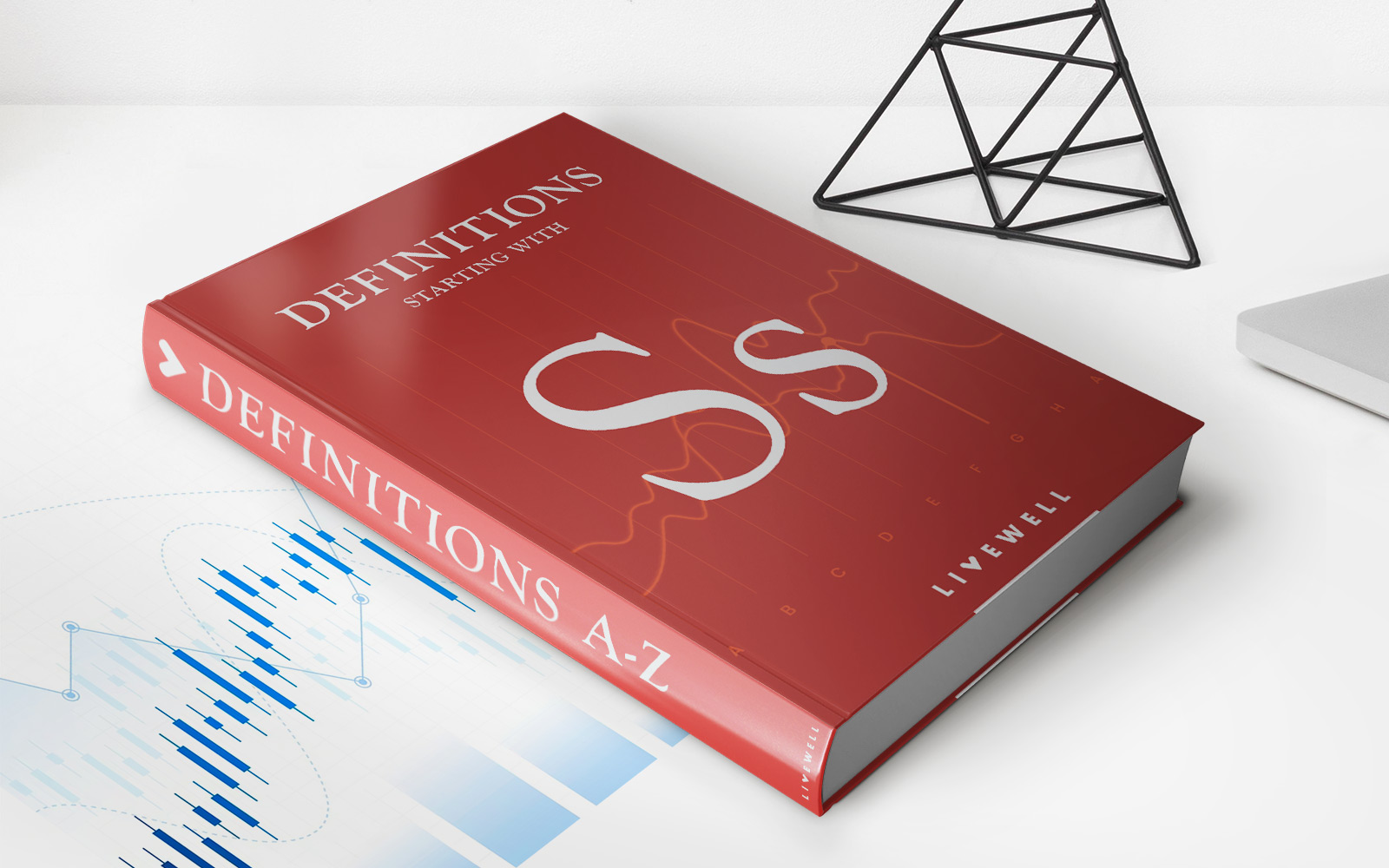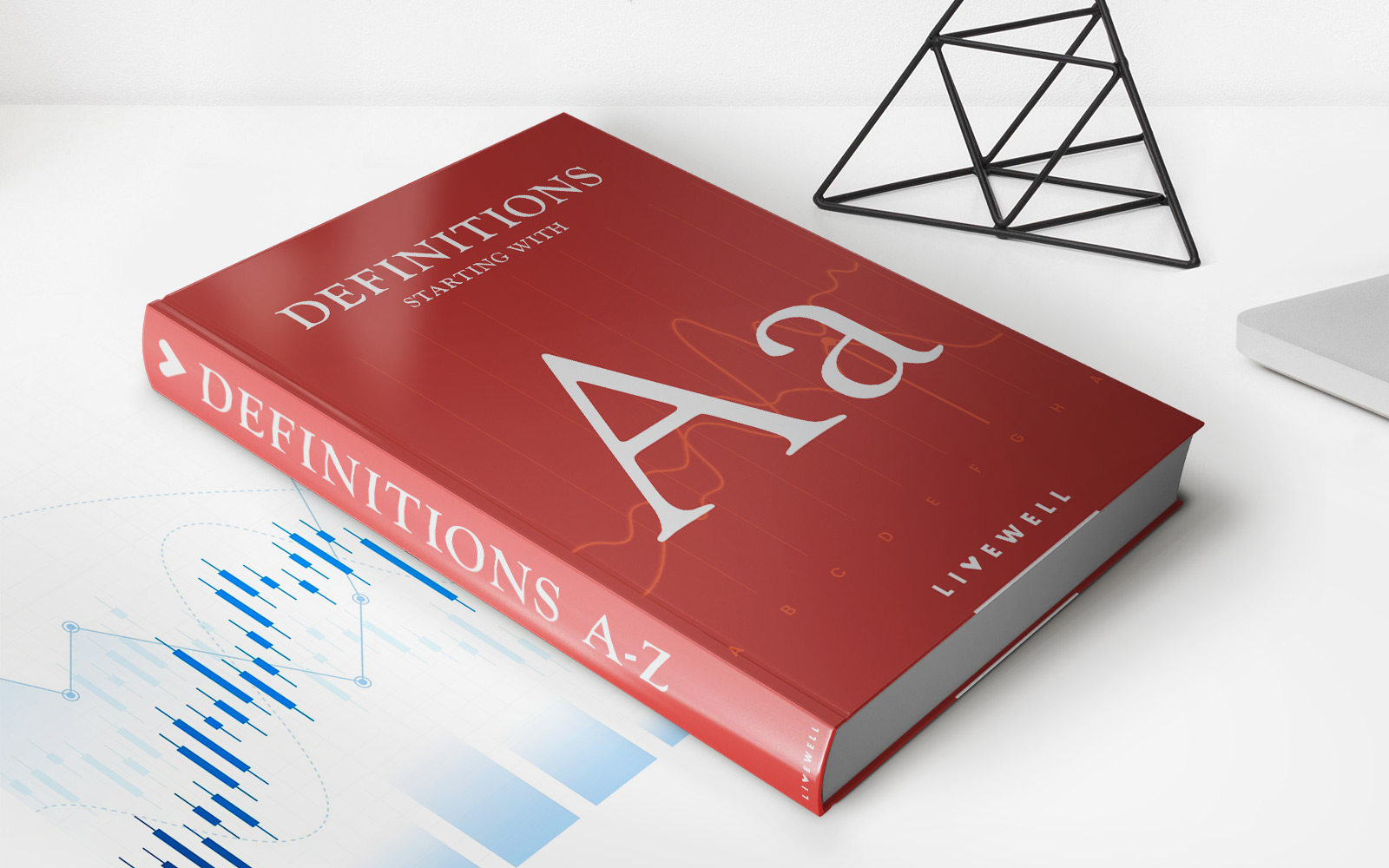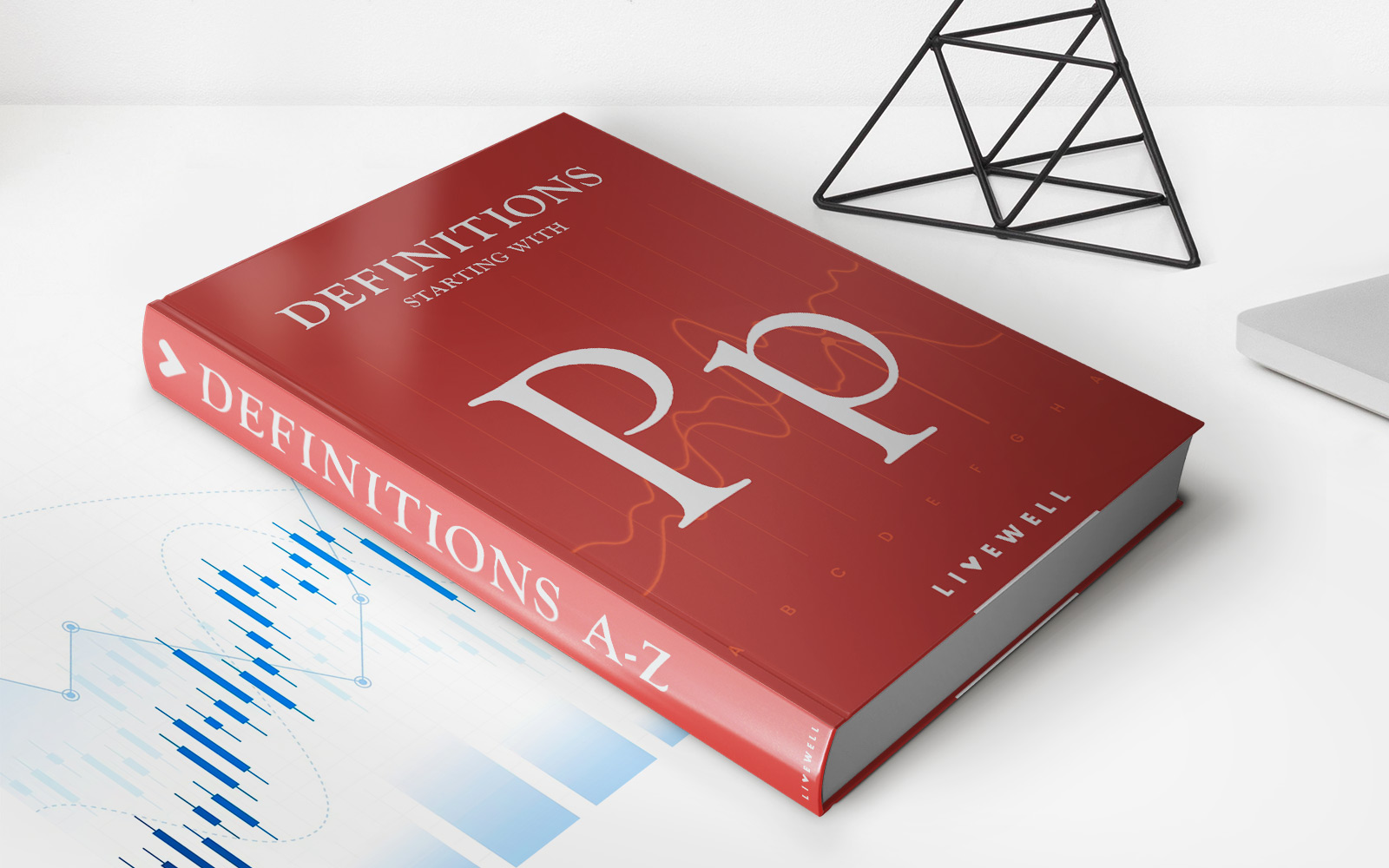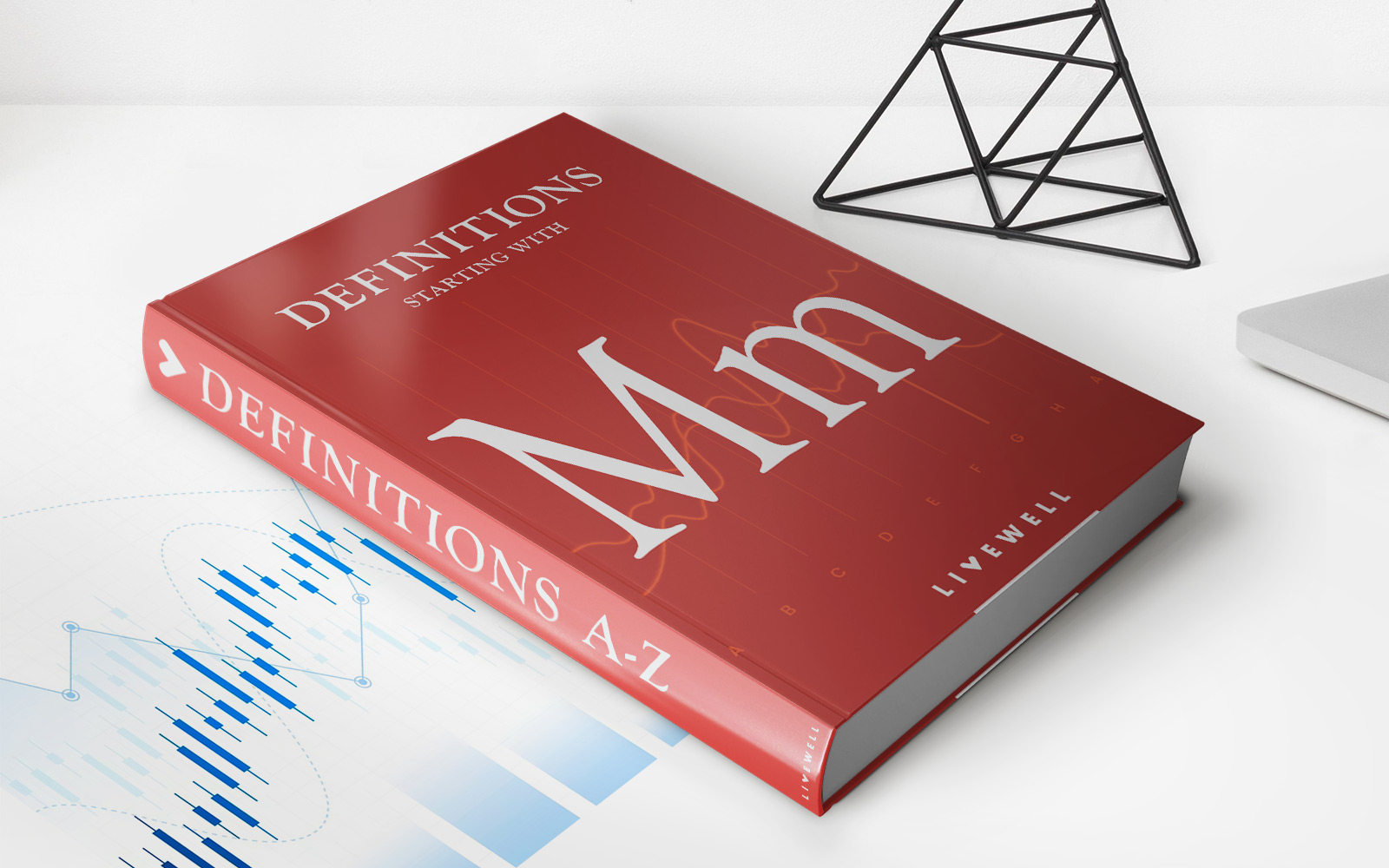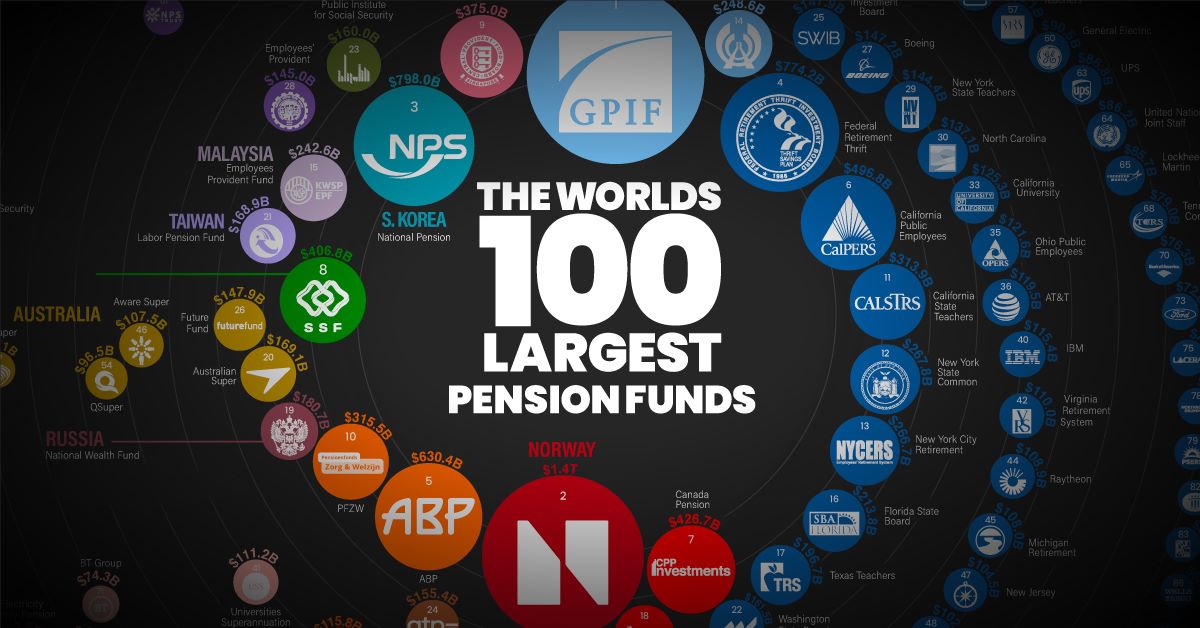Home>Finance>What Is A Title? Definition, How They Work, Types, And Examples
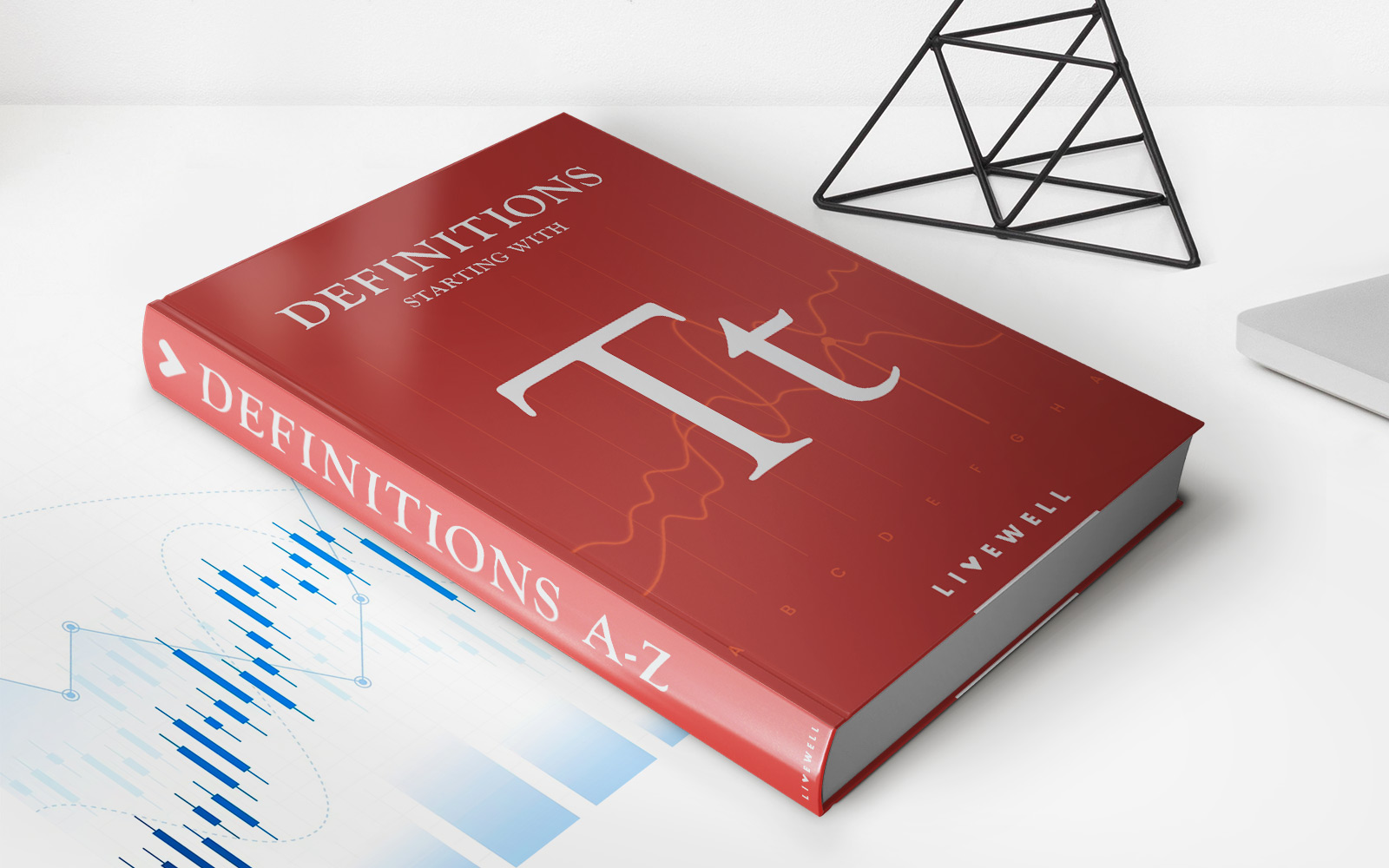

Finance
What Is A Title? Definition, How They Work, Types, And Examples
Published: February 9, 2024
Discover the definition and types of finance titles, how they work in different industries, and explore examples to enhance your understanding of this crucial aspect of the financial world.
(Many of the links in this article redirect to a specific reviewed product. Your purchase of these products through affiliate links helps to generate commission for LiveWell, at no extra cost. Learn more)
What Is a Title? Definition, How They Work, Types, and Examples
When it comes to ranking on Google, having a well-optimized title is essential. But what exactly is a title? How do they work, and what are the different types? In this blog post, we will dive into the world of titles and provide you with all the information you need to create compelling and click-worthy titles for your finance-focused content.
Key Takeaways:
- A title is the main headline of a web page or blog post that summarizes its content.
- Titles play a crucial role in search engine optimization (SEO) as they help search engines understand the topic and relevance of a page.
How Do Titles Work?
Titles act as a preview of what readers can expect from your content. They are the first thing that people see when searching for information on search engines. The primary purpose of a title is to grab the reader’s attention, entice them to click, and provide a concise description of the page’s content.
Search engines also rely heavily on titles to understand the context and relevance of a web page. The more accurately a title reflects the content of a page, the higher the chances of ranking well in search engine results pages (SERPs).
Types of Titles
There are several types of titles that you can use to optimize your finance blog posts or web pages. Here are some common title types:
- Main Keyword Title: This type of title includes the primary keyword you want to rank for in search engine results. For example: “Tips for Saving Money in College.”
- Question Title: Questions in titles can pique curiosity and encourage readers to click. For example: “How Can You Pay Off Debt Faster?”
- Listicle Title: A listicle title format provides guidance or tips, often incorporating numbers. For example: “10 Essential Personal Finance Tips for Millennials.”
- How-To Title: How-to titles indicate that the reader will learn something specific. For example: “How to Create a Budget That Works for You.”
- Curiosity Title: These titles appeal to readers’ curiosity by promising new information or insights. For example: “Unveiling the Secrets of Successful Stock Market Investing.”
Examples of Well-Optimized Titles
Here are some examples of well-optimized finance-related titles that not only capture readers’ attention but also improve search engine rankings:
- “The Ultimate Guide to Managing Your Finances Like a Pro”
- “Investing 101: How to Start Building Wealth Today”
- “Mastering the Art of Saving: Effective Strategies for Growing Your Savings Account”
- “The Psychology of Money: Understanding Your Financial Mindset”
- “Cryptocurrency 101: A Beginner’s Guide to the World of Digital Currency”
Conclusion
Titles are not just a simple phrase; they hold the power to attract readers, improve search engine rankings, and increase the visibility of your finance-themed content. By understanding what a title is, how they work, and the various types that exist, you can craft compelling titles that engage your audience, drive traffic, and ultimately boost your website’s success.

